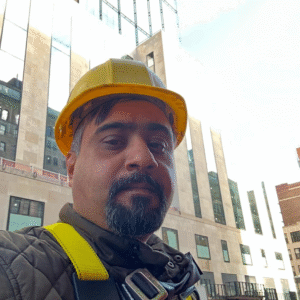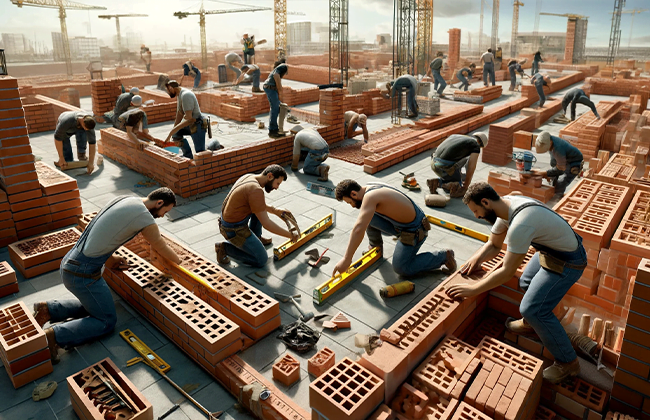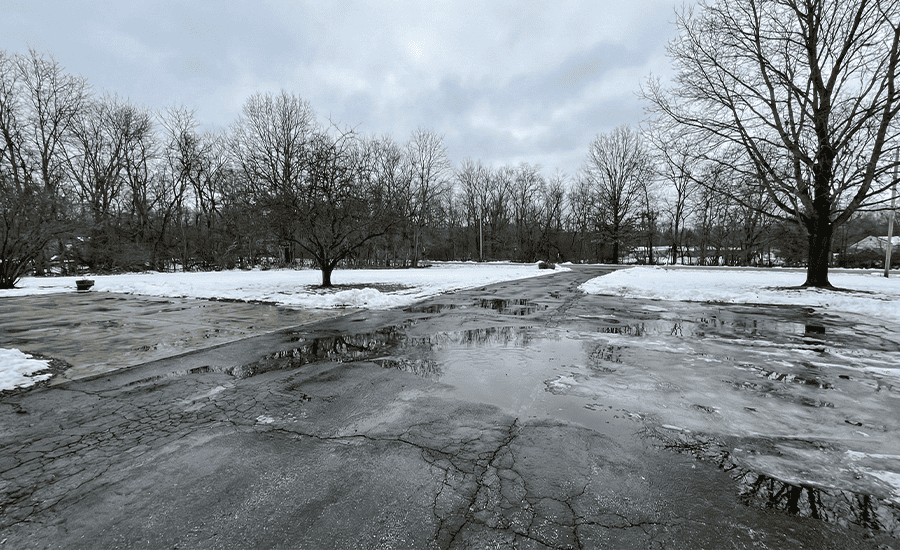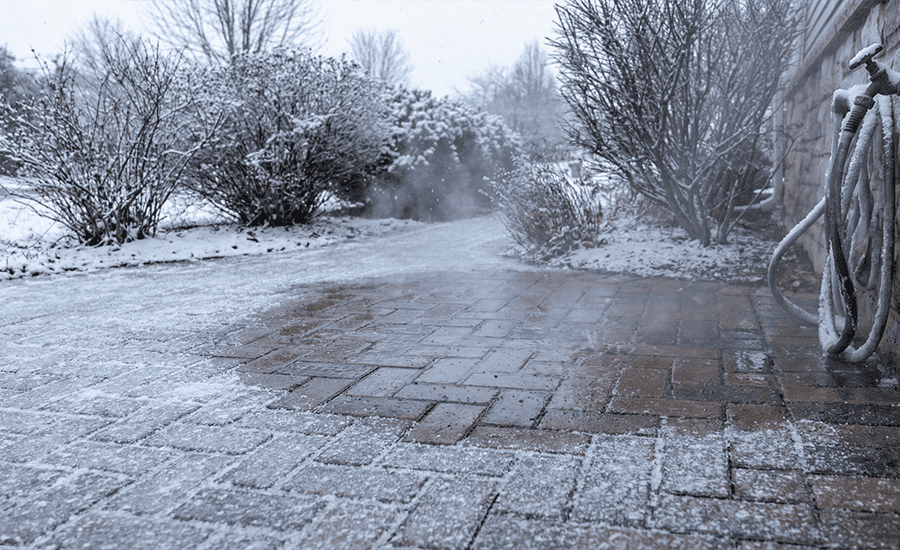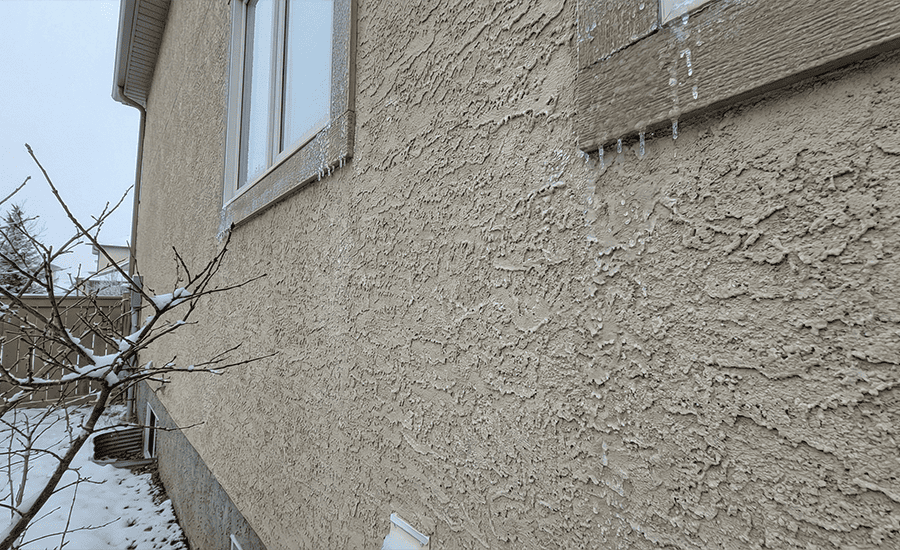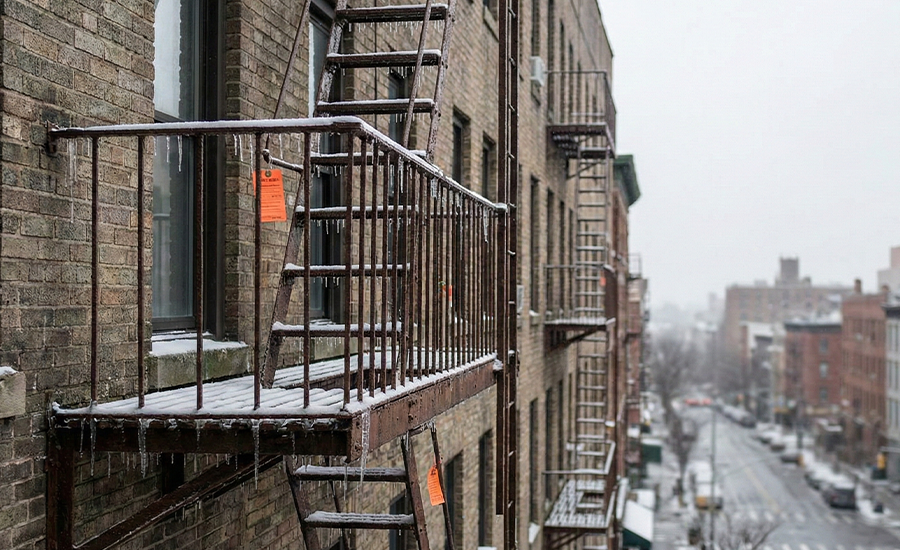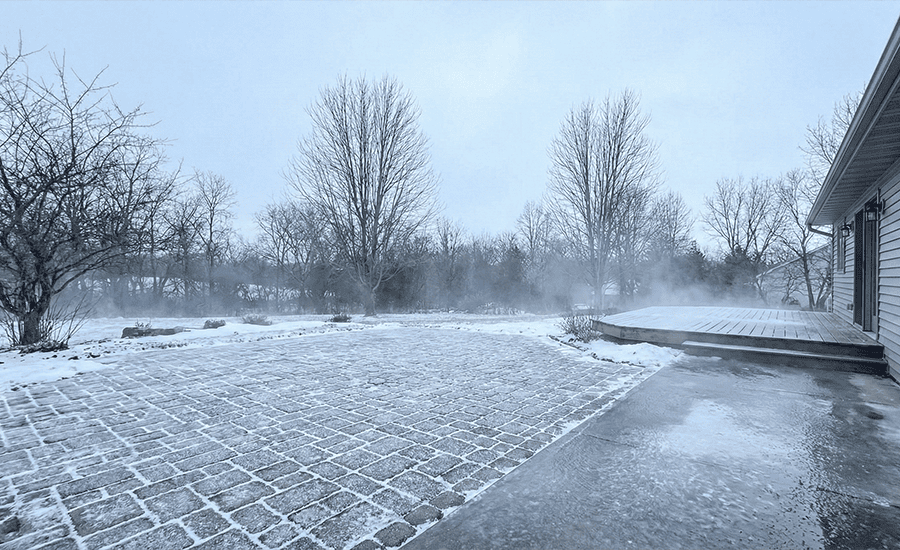Brickworks is a foundational skill in construction that involves the artful placement of bricks to build structures. From homes to historical edifices, brickworks provide not only structural integrity but also aesthetic value. This guide delves into the essentials of brickworks, offering insights from basic techniques to maintenance, ensuring your projects are built to last and look great.
What is Brickworks?
Brickwork, fundamentally, involves constructing surfaces by meticulously laying bricks bonded together with mortar. This method, celebrated for its robustness and aesthetic charm, is the backbone of many historic and modern structures. It’s fascinating how something as simple as a brick can contribute to buildings that withstand the test of time, not just decades but centuries. The key to brickwork’s enduring popularity lies in its versatility and durability, making it a top choice for various construction projects.
History of Brickworks
Let’s take a quick trip back in time. The journey of brickwork begins as early as 7500 BC in the Near East with the simplest form of bricks—ones made from sun-dried mud. Imagine the ancient builders shaping and laying these bricks under the sun, creating the earliest structures that marked the beginnings of settled human civilization. As we moved forward, technological advances brought us kiln-fired bricks, significantly enhancing their strength and resistance to weather. This innovation paved the way for brickwork to become a cornerstone in ancient Roman architecture and later in medieval structures across Europe. Each era brought its nuances to brickwork, adapting and evolving the technique to meet the architectural demands and aesthetic preferences of the time.
Brickworks: Types of Bricks and Their Uses
When it comes to brickwork, not all bricks are created equal. Different types have unique properties and uses, making each suitable for various aspects of construction. Let’s explore some of the most commonly used types of bricks:
1. Clay Bricks
Clay bricks, perhaps the most traditional form of bricks, are prized for their natural composition, mainly consisting of clay and shale. Manufacturers kiln-fire these bricks to various extents to achieve durability and hardness. Because of their aesthetic appeal and structural integrity, builders commonly use clay bricks in both residential and commercial construction. They’re great for walls, pavements, and other elements where you want a classic look and lasting strength.
2. Concrete Bricks
Moving on to concrete bricks, these are a versatile choice in modern construction. Made from concrete, a mixture of cement, sand, water, and possibly aggregates, these bricks are known for their uniformity and consistency. They are typically used in facades, fences, and decorative overlays where you might want a more customized color or finish. Concrete bricks are less about tradition and more about adaptability, fitting into the aesthetic needs of contemporary design.
3. Engineering Bricks
Engineering bricks are the heavy-duty players in the brick world. These bricks are highly esteemed for their exceptional strength and water resistance, making them ideal for use in structures that require robust, durable construction. They are often employed in civil engineering projects such as bridges, sewers, and retaining walls, where longevity and resistance to moisture and frost are crucial. Their low porosity makes them an excellent choice for any construction facing harsh environmental conditions.
4. Sand Lime Bricks
Lastly, sand lime bricks (also known as calcium silicate bricks) are made by mixing sand, lime, and water followed by a chemical process of curing under pressure and heat. These bricks offer a smooth, gray aesthetic that provides an excellent base for paint or render. They are known for their high compressive strength and are often used in load-bearing walls where you need both strength and a neat finish.
5. Fly Ash Bricks
Fly Ash bricks are a more environmentally friendly option, made using fly ash, a byproduct from coal combustion in power plants. These bricks are light in weight and often used in environmentally-conscious building projects. They provide good thermal insulation, sound absorption, and reduce the overall use of energy in buildings where they are installed.
Choosing the Right Brick
Choosing the right type of brick for your project depends on several factors, including the project’s structural requirements, environmental exposure, and desired aesthetic. Each type of brick offers unique benefits, so it’s important to match the brick type to the needs of your specific project to ensure durability, efficiency, and beauty in your construction efforts.
These insights should help you understand the versatility and functionality of different types of bricks, guiding you in making informed choices for your building projects. Whether you’re constructing a new home, a commercial facility, or enhancing a garden landscape, there’s a brick type that fits your needs perfectly.
Brickworks Techniques
Exploring various brickwork techniques unveils a world of patterns and practices that not only enhance the structural integrity of buildings but also contribute to their aesthetic value. Here are some of the most widely used techniques in bricklaying:
1. Stretcher Bond
The Stretcher Bond is possibly the most commonly seen brickwork pattern, especially in modern walls. In this arrangement, workers lay bricks horizontally in rows, with only their long sides (stretchers) visible. Builders typically use this bond for walls that are a single brick in thickness. It’s straightforward and efficient, making it a favorite for projects where simplicity and speed are key. However, it’s worth noting that stretcher bonds aren’t very strong on their own and usually require a supporting structure like a frame.
2. Header Bond
The Header Bond, on the other hand, offers more strength. In this technique, bricks are laid with their ends (headers) facing out, creating a thick, strong wall. This bond is excellent for creating double or thicker walls, providing great stability and load-bearing capacity. It’s an older style that you might find in traditional architecture, where the robustness of the structure is paramount.
3. English Bond
Switching to an even more robust technique, the English Bond features an alternating pattern of stretchers and headers in each course. This method provides excellent structural stability and is often used in walls that need to bear heavy loads. The visual contrast between the headers and stretchers also adds a distinctive pattern to the wall, making it not only strong but visually appealing. It’s a testament to how brickwork can be both functional and decorative.
4. Flemish Bond
Another interesting technique is the Flemish Bond, which alternates stretchers and headers in every course. This bond offers a more decorative finish than the English Bond while still maintaining good strength. It’s particularly popular in historical and residential buildings where aesthetic detail adds to the charm of the architecture.
5. Stack Bond
Lastly, align the Stack Bond strictly for aesthetic purposes rather than structural integrity. Stack the bricks directly on top of each other with joints aligning vertically. Use this bond commonly in interior or decorative applications where the visual effect is more important than load-bearing capacity. It requires reinforced structural support, like steel bars, especially in exterior applications.
Each of these techniques has its place in construction, depending on the project’s requirements for strength, appearance, and historical accuracy. Understanding these can help you choose the right pattern for your construction needs, whether you’re building a new home, a garden wall, or restoring a historical property.
Essential Tools for Brickworks
Brickwork isn’t just about the bricks and mortar; the quality of your work can greatly depend on the tools you use. Let’s break down the must-haves for any bricklaying job:
Trowel
The Trowel is the quintessential tool for any bricklayer. It’s primarily used for applying and spreading mortar on bricks before they are laid. A good trowel has a flat metal blade and a comfortable handle, allowing for precise control when spreading the mortar to ensure even distribution and adequate bonding.
Spirit Level
Next up is the Spirit Level, an indispensable tool that helps ensure your brickwork is perfectly horizontal and vertical. This tool is crucial because even a slight deviation can compromise the structural integrity and aesthetics of the wall. Consistently checking the level as you lay bricks helps maintain straight lines and uniformity throughout the construction.
Brick Hammer
The Brick Hammer is a dual-purpose tool designed specifically for bricklaying. One side of the hammer is flat and used for pounding, while the other side has a chisel edge for cutting and trimming bricks to fit into your layout precisely. It’s an essential tool for making adjustments and ensuring each brick fits perfectly within the structure.
Jointer
Lastly, we have the Jointer. Once the bricks are laid and the mortar has started to set, a jointer is used to finish the joints (the spaces between the bricks filled with mortar). This tool helps in creating a smooth, concave indentation in the mortar, which not only enhances the wall’s appearance but also helps in directing water away from the brick surfaces, thus prolonging the life of the wall.
Brickworks Tools and Their Uses
| Tool | Use |
| Trowel | Spreads and applies mortar |
| Spirit Level | Ensures bricks are laid evenly and aligns them properly |
| Brick Hammer | Cuts and shapes bricks, also used for pounding |
| Jointer | Finishes joints to enhance appearance and durability |
Constructing a Brick Wall: Step-by-Step Guide
Building a brick wall might seem like a complex task, but breaking it down into manageable steps can simplify the process. Whether you’re looking to add a sturdy fence or perhaps a decorative garden wall, here’s how you can achieve solid results:
Foundation Preparation
First things first: a strong foundation is critical. Start by digging a trench that is both deep and wide enough to accommodate a solid base of concrete. This base should be level and compact to support the weight of the bricks and ensure long-term stability. Pouring a concrete foundation provides the wall with the necessary support to withstand environmental pressures and prevent shifting.
Laying Bricks
Now for the fun part: laying the bricks. Begin by spreading a layer of mortar along the base of your foundation. Apply the mortar generously but evenly, and then start placing your bricks. Lay each brick carefully, pressing it into the mortar to create a strong bond. Frequently use your spirit level during this process to check that each brick is aligned both horizontally and vertically. It’s all about keeping things straight and level, as even a small error at the start can lead to bigger problems as you build up.
Mortar Curing
Patience is key: after laying the bricks, it’s crucial to allow the mortar to cure properly. Curing isn’t just about letting the mortar dry—it’s about ensuring it hardens sufficiently to bind the bricks together securely. Keep the mortar moist during the curing process by lightly sprinkling water over the wall. This prevents the mortar from drying too quickly, which can weaken the structure. Typically, it takes about 24 to 48 hours for the mortar to set enough to continue work, but full strength might take several weeks.
Finishing
The finishing touches: once the mortar has cured, it’s time to tidy up the joints (the spaces between the bricks filled with mortar) using a jointer. This tool helps to create a smooth, concave line in the mortar, which not only looks neat but also helps in shedding water and preventing weather-induced damage. The finishing step also involves cleaning off any excess mortar from the brick faces, ensuring your wall looks clean and professional.
Protecting Your Work
Once the wall is completed, consider applying a sealant to protect the mortar from weather conditions and to extend the life of your wall. This step is particularly important in climates that experience extreme weather changes or high moisture levels.
Maintenance and Care of Brickworks
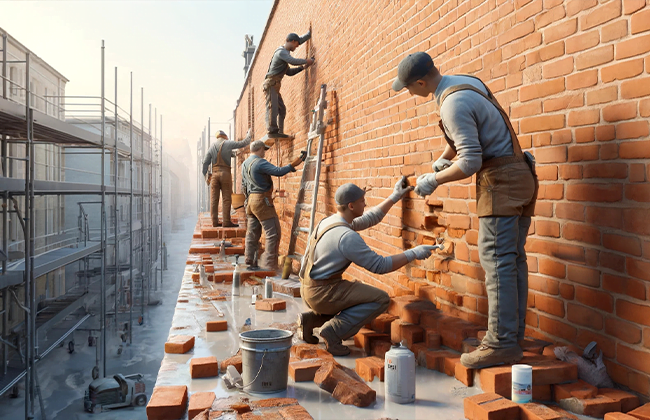
Maintaining brickworks is crucial not only to keep it looking its best but also to ensure its durability over the years. Here’s a detailed guide to keeping your brick structures in top condition:
Regular Cleaning
Keeping brickwork clean is essential. Over time, dirt, soot, and biological growth like moss can accumulate, which not only affects the appearance but can also degrade the material if left untreated. To clean your brickwork, use a mild detergent mixed with water and gently scrub the surface with a soft brush. Avoid using harsh chemicals or high-pressure washers, as these can damage the bricks and mortar.
Repointing
Repointing is the process of renewing the external part of mortar joints. Over time, weathering and decay can cause voids in the joints between bricks, allowing the undesirable ingress of water. This moisture can cause significant damage through freezing and thawing cycles. If you notice crumbling or cracked mortar, it’s time to repoint. Remove the old mortar to a required depth, and fill in with new mortar, matching the original as closely as possible. This not only helps in waterproofing but also restores the structural integrity of the masonry.
Sealing
Applying a sealant is a proactive measure to protect brickwork from moisture penetration, especially in climates with severe weather changes. Sealants provide a water-resistant layer that helps prevent rainwater from seeping into the brick and mortar, thus reducing the risk of frost damage and erosion. Make sure to choose a breathable sealant that allows any moisture trapped inside the brick to escape, thereby preventing internal damage to the bricks.
Inspection
Regular inspections can catch minor issues before they turn into major problems. At least once a year, inspect your brickworks for any signs of damage such as cracks, loose bricks, or efflorescence (a white, powdery residue that can indicate moisture issues). Early detection can save you from costly repairs down the line.
Conclusion:
In conclusion, the art of brickwork plays a crucial role in both traditional and modern construction projects. Its versatility and durability make it an essential skill for building lasting structures. From selecting the right materials to proper maintenance, each step in brickworks is critical to achieving quality results. If you’re on the lookout for a professional contractor skilled in brickworks, don’t hesitate to reach out to us. For expert advice and service, call us at (+1) 917-355-8556. We’re here to help you with your brickwork needs, ensuring your projects are built to last.
FAQs:
Q: What are the best types of bricks for outdoor brickworks?
A: For outdoor brickwork, it’s essential to use bricks that are frost-resistant and durable. Engineering bricks, known for their strength and low water absorption, are an excellent choice for any exterior projects.
Q: How often should brickworks be inspected to maintain its condition?
A: Brickwork should be inspected at least once a year to ensure it remains in good condition. Look for signs of mortar deterioration, brick displacement, or water damage, and address these issues promptly to preserve the structure.
Q: What is the most cost-effective way to improve the appearance of old brickworks?
A: Cleaning and repointing are cost-effective methods to enhance the appearance of old brickwork. These processes remove dirt and decay while refreshing the mortar joints, significantly improving the overall look without extensive renovations.
Q: Can brickworks increase the value of my property?
A: Yes, high-quality brickwork can increase the value of your property. It enhances curb appeal, improves structural durability, and requires less maintenance, all of which are attractive qualities to potential buyers.
Q: What safety precautions should be taken during brickworks construction?
A: Safety is paramount during brickwork construction. Always wear protective gear such as gloves, goggles, and a hard hat. Ensure that you secure the scaffolding and use all tools and materials correctly to prevent accidents.

